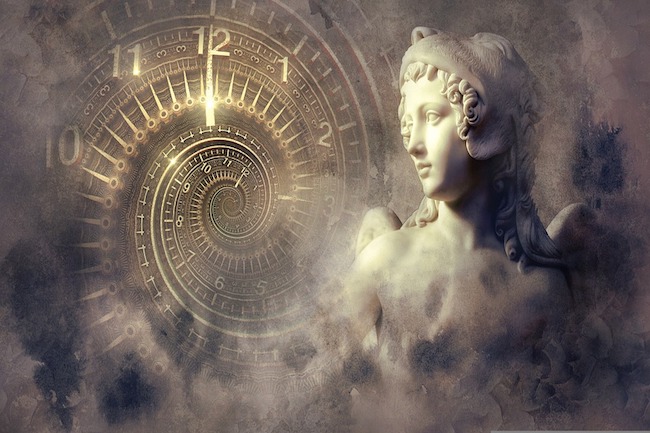Four Theories that Try to Explain Away Christ’s Resurrection and Why They Don’t Add Up by Paul Strand for CBN News
Atheists and doubters of Christianity want the world to believe Jesus did not rise from the dead. Thanks to historians from Jesus’ era, we have documentation of the crucifixion, how Christ’s body mysteriously disappeared and the Resurrection. This is important because Christianity’s power all hinges on the fact of the Resurrection. And that’s why detractors for centuries have been coming up with scenarios to explain away the reality of the Resurrection.
“Wrong Tomb” Theory
One is the Wrong Tomb Theory. Everyone just went to the wrong one – an empty one – and assumed Christ had resurrected.
Indiana doctor Joseph Bergeron studied the crucifixion of Christ and its aftermath for 10 years, writing about it in The Crucifixion of Jesus: A Medical Doctor Examines the Death and Resurrection of Christ.
“Going to a wrong tomb and finding it empty doesn’t present to anybody’s mind that the person resurrected from the dead,” Bergeron told CBN News. “Nobody thinks that an empty tomb means somebody’s resurrected from the dead. That’s a nonsensical notion.”
One’s first thought would more likely be that someone took the body, Bergeron suggested, saying, “Mary Magdalene, when she found the empty tomb, she ran to Peter and said, ‘They’ve stolen His body; I don’t know where they’ve taken it.'”
Alex McFarland, another top defender of the Christian faith at events like Bible camps and apologetics conferences, pointed out another well-known fact.
“Pilate had dispatched a cadre of Roman soldiers to guard the tomb,” he stated. “Clearly they knew which tomb it was.”
“Everybody knew where the tomb was. It belonged to Joseph of Arimathea; a wealthy man; it was new,” Bergeron explained, saying of the authorities and the tomb, “They placed soldiers there, after all, to make sure that nobody took the body. So everybody knew where it was.”
McFarland believes much more had to have happened to the disciples other than just finding an empty tomb to explain their sudden fierce belief in a resurrected Christ – a belief so sure they would all but one face a martyr’s death for it.
As McFarland put it, “Suddenly they begin to preach Christ is alive, and they’re willing to die for their faith. It just doesn’t add up that they mistakenly went to the wrong tomb.”




